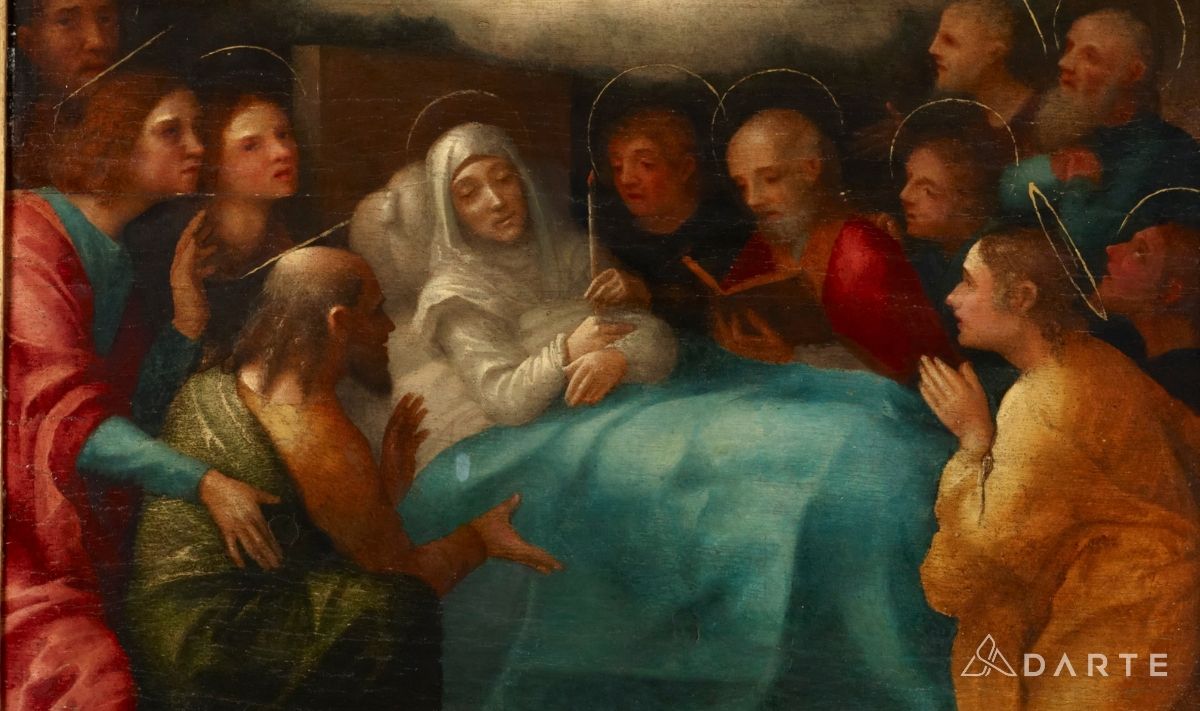The unpublished manuscript The Veronese School of Painting is preserved at the Marquand Library of Art and Archeology of Princeton University, written by Jean Paul Richter in close dialogue with his mentor Giovanni Morelli between 1884 and 1885 and left unfinished. The text, in German, consisting of a long introduction on medieval Veronese art and a series of monographic medallions dedicated to the Veronese Renaissance painters, is here transcribed and commented on for the first time. Thus emerges the construction site from which the numerous interventions that Richter dedicated to Veronese painting emerged.
The rediscovery of this text offers the opportunity to closely investigate the scholar’s stays in the city of Verona, rich in monuments and private collections to explore. Richter’s activity as an international art consultant also brings us to the center of a web of stories that has as protagonists some of the main figures in the world of art history of the time such as the great collector Ludwig Mond, the patron Henrietta Hertz and the connoisseur Bernard Berenson.
The volume is introduced by a premise in which Mattia Vinco accurately reconstructs the genesis of the manuscript, comparing it with Richter’s diaries, kept at the Onassis Library for Hellenic and Roman Art in the Metropolitan Museum of Art in New York. In this text, in addition to publishing some unpublished works by Veronese masters, the author takes stock of the fortune of this school of painting in the Renaissance starting with Giorgio Vasari, highlighting the uniqueness and wealth of the city of Verona which, for its geographical location between Milan and Venice occupies a strategic place in northern Italy.
The preface is by Dietrich Seybold, Richter’s leading expert and author of the biographical monograph entitled Das Schlaraffenleben der Kunst. Eine Biografie des Kunstkenners und Leonardo da Vinci-Forschers Jean Paul Richter (1847-1937) (2013), written with the intent to highlight Richter’s importance in Leonardo da Vinci’s study. In this way, Vinco’s book ideally completes the knowledge of the German art historian, analyzing in an analytical way all the published and unpublished contributions dedicated by Richter to the Veronese Renaissance which was, with Leonardo da Vinci, his research topic of choice.

